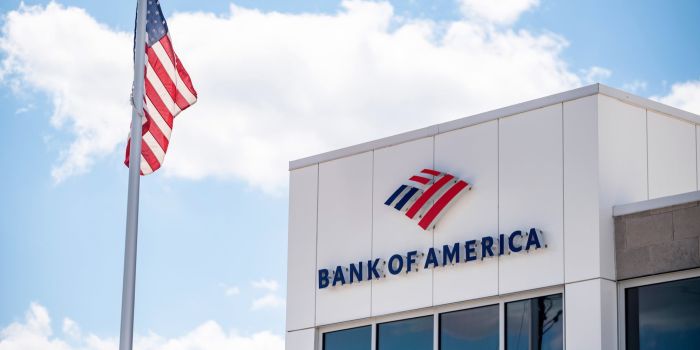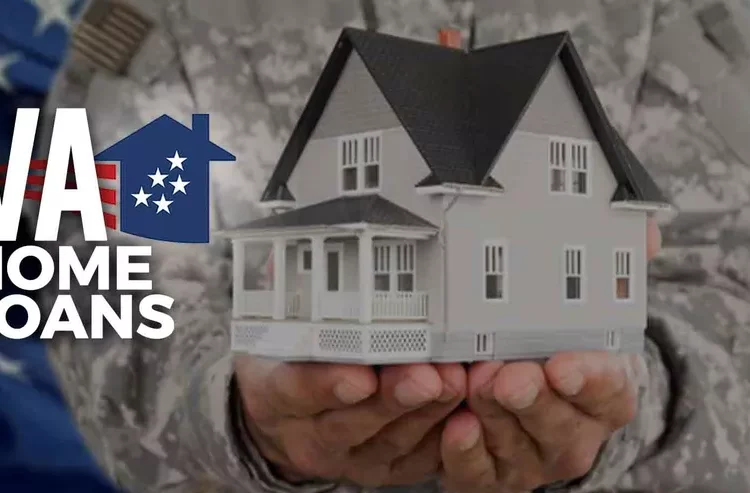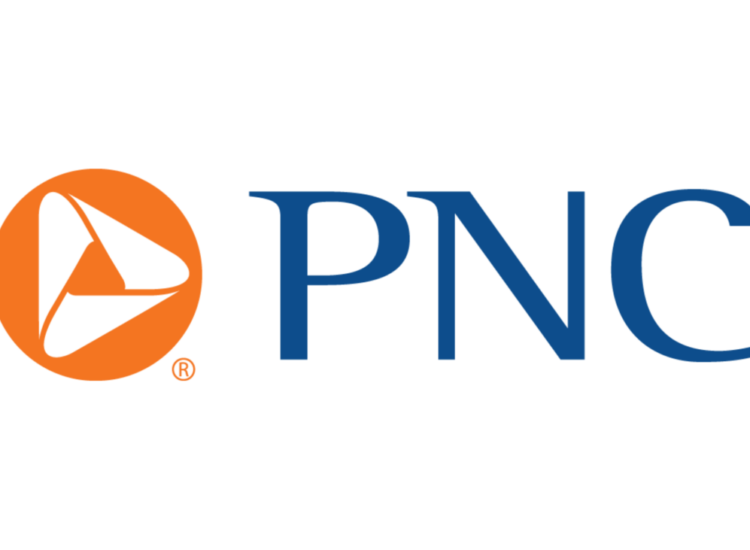You might assume that bad credit automatically disqualifies you from debt consolidation loans, but that’s not always the case. Wells Fargo offers a variety of options for borrowers with less-than-perfect credit, including secured loans and balance transfers. While these options can offer financial relief, it’s important to recognize that they often come with higher interest rates and potential drawbacks that require careful consideration. This article will explore the ins and outs of Wells Fargo debt consolidation loans, particularly tailored for individuals facing credit challenges.
Toc
- 1. Understanding Wells Fargo’s Debt Consolidation Loan Options
- 2. Wells Fargo Debt Consolidation Loan Options for Bad Credit Borrowers
- 3. Qualifying for a Wells Fargo Debt Consolidation Loan with Bad Credit
- 4. Evaluating Wells Fargo Debt Consolidation Loans: Is It the Right Choice?
- 5. Maximizing the Benefits of a Wells Fargo Debt Consolidation Loan
- 6. Frequently Asked Questions
- 7. Conclusion
Understanding Wells Fargo’s Debt Consolidation Loan Options

What is a Debt Consolidation Loan?
A debt consolidation loan is a financial tool that allows you to combine multiple debts into a single loan. This can include credit card balances, medical bills, or personal loans. The primary goal is to simplify your monthly payments and potentially reduce the overall interest you pay. By consolidating your debts, you can manage your finances more effectively, making it easier to stay on top of your payments.
Wells Fargo debt consolidation loans can be particularly beneficial for borrowers with bad credit. These loans can help streamline your payments and provide a more manageable repayment plan. However, understanding the various types of loans available and their specific requirements is essential before moving forward.
Wells Fargo Debt Consolidation Loan Options for Bad Credit Borrowers
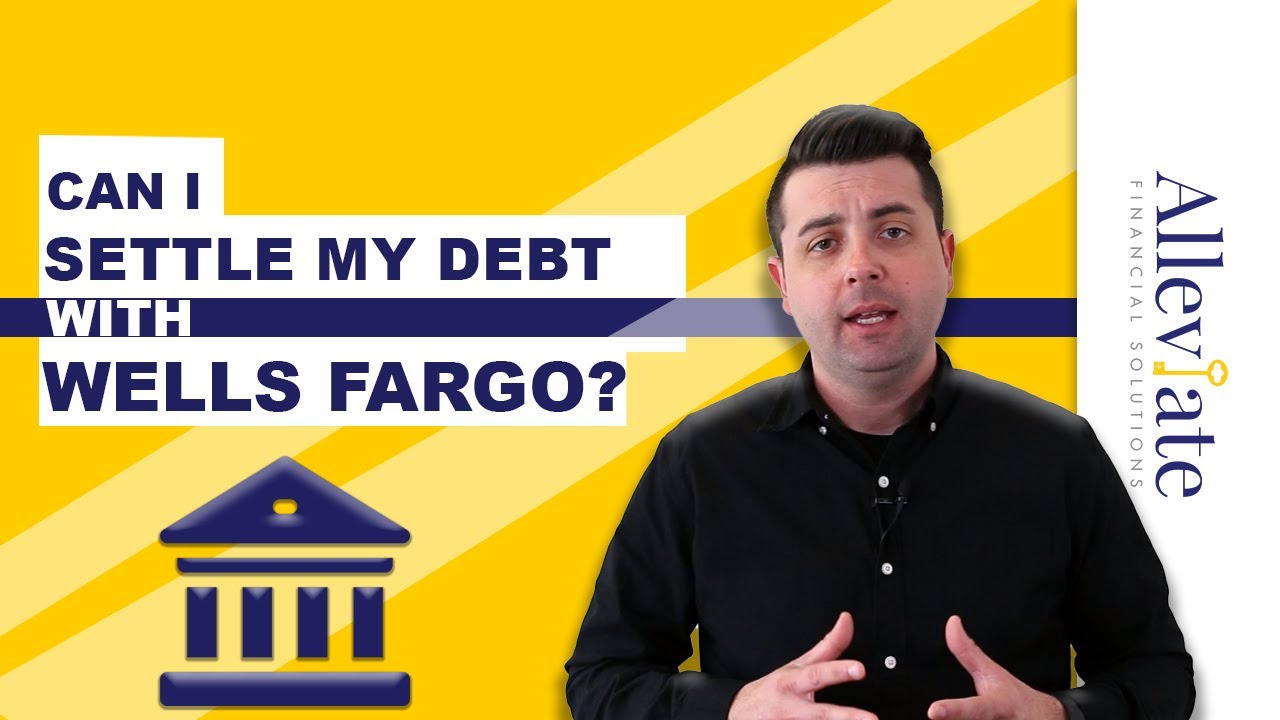
Wells Fargo offers several options for borrowers with bad credit who are looking to consolidate their debt. Each option has its pros and cons, which we will explore in detail.
Secured Loans
Secured loans are backed by collateral, which can be an asset such as your home or vehicle. Because these loans pose less risk to the lender, they often come with lower interest rates compared to unsecured loans. This makes secured loans an appealing option for borrowers with bad credit.
Benefits of Secured Loans:
- Lower Interest Rates: Since the loan is backed by collateral, lenders may offer more favorable rates.
- Better Approval Chances: Borrowers with poor credit may find it easier to qualify for secured loans.
- Potentially Higher Loan Amounts: Secured loans might allow you to borrow larger amounts, depending on the value of the collateral.
For instance, a homeowner might use their home equity as collateral to secure a loan to consolidate high-interest credit card debt. This strategy could potentially lower their overall interest payments and simplify their monthly bills.
Drawbacks of Secured Loans:
- Risk of Losing Collateral: If you default on the loan, the lender can seize your asset.
- Not Suitable for Everyone: Not all borrowers have suitable collateral to offer.
Unsecured Loans
If you do not have collateral to offer, Wells Fargo also provides unsecured loan options. These loans are not backed by any assets, which means they typically come with higher interest rates. However, they can be a viable option for borrowers who need quick access to funds.
Benefits of Unsecured Loans:
- No Collateral Required: You won’t risk losing any assets if you default on the loan.
- Quick Access to Funds: The application process can be faster since there is no need for collateral evaluation.
Drawbacks of Unsecured Loans:
- Higher Interest Rates: You may end up paying more in interest over the life of the loan.
- Stricter Qualification Criteria: Lenders may have more stringent requirements for approval.
Credit Card Balance Transfers
Wells Fargo may also offer credit card balance transfer options, allowing you to transfer high-interest credit card balances to a Wells Fargo card with a lower interest rate or even a promotional 0% APR period. This can be an effective way to manage debt and reduce interest payments.
Benefits of Balance Transfers:
- Potentially Lower Interest Rates: Transferring to a card with a lower rate can save you money.
- Simplified Payments: You consolidate multiple credit card payments into one monthly payment.
While balance transfers can be beneficial, it’s essential to carefully review the balance transfer fee, which can range from 3% to 5% of the transferred balance. Additionally, it’s crucial to understand the terms of the promotional 0% APR period, as it typically lasts for a limited time, often 12-18 months. After this period, the interest rate can revert to a higher rate, potentially negating the initial savings.
Drawbacks of Balance Transfers:
- Introductory Rates May Expire: Many balance transfers come with limited-time promotional rates that can increase significantly after the promotional period ends.
- Fees: Some cards charge a balance transfer fee, which can offset the savings from a lower interest rate.
Qualifying for a Wells Fargo Debt Consolidation Loan with Bad Credit
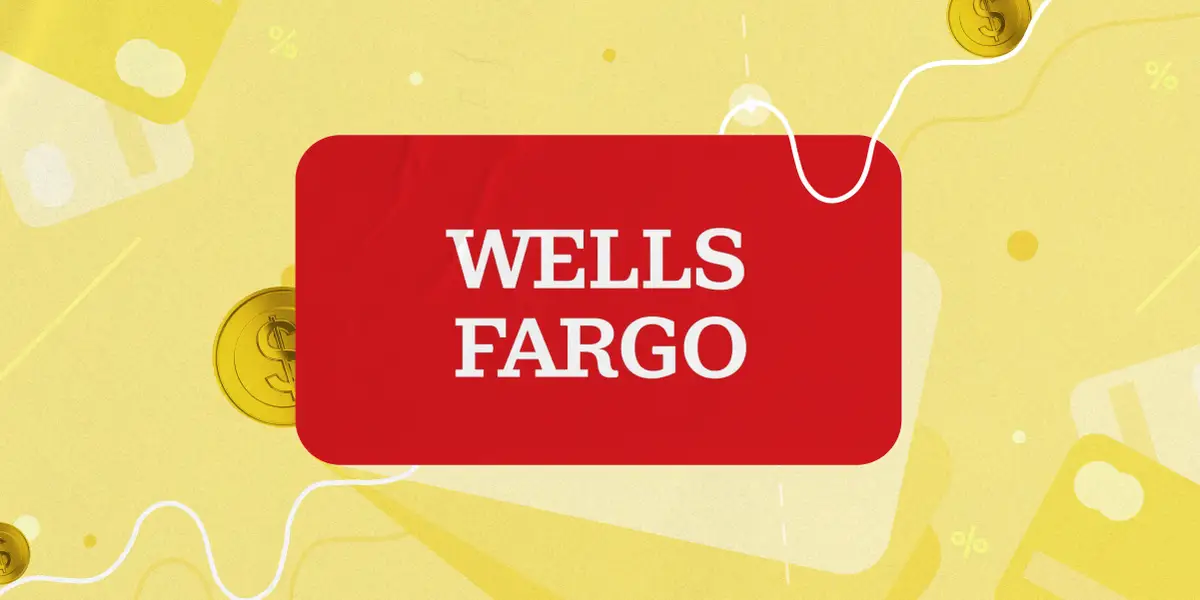
When applying for a Wells Fargo debt consolidation loan with bad credit, several key factors will influence your approval chances.
Understanding Your Credit Score
Wells Fargo’s credit score requirements for debt consolidation loans may vary depending on the loan type. Generally, a credit score of 620 or higher is considered good for debt consolidation loans. Borrowers with bad credit may need to explore secured loans or apply with a co-borrower to increase their chances of approval. Understanding your credit score and its impact on your loan options is crucial.
Income and Debt-to-Income Ratio (DTI)
Wells Fargo will also assess your income and debt-to-income ratio (DTI) during the loan application process. DTI is calculated by dividing your total monthly debt payments by your gross monthly income. A lower DTI indicates a better financial situation and can improve your chances of loan approval.
Wells Fargo typically requires a DTI below 43% for debt consolidation loans, but this can vary depending on your individual circumstances. To improve your DTI, consider:
- Reducing Unnecessary Expenses: Review your monthly spending and identify areas to cut back.
- Increasing Your Income: Look for opportunities to earn extra income, such as freelance work or a part-time job.
The Role of a Co-Borrower
Applying for a Wells Fargo debt consolidation loan with a co-borrower can significantly enhance your chances of approval. A co-borrower with good credit can improve your overall application and potentially help you secure a lower interest rate. However, both parties will be responsible for repaying the loan, so it’s essential to have a clear agreement in place.
Evaluating Wells Fargo Debt Consolidation Loans: Is It the Right Choice?

Before committing to a Wells Fargo debt consolidation loan, it’s important to assess your financial situation and evaluate whether this option aligns with your goals.
Assess Your Financial Situation
Take the time to evaluate your income, expenses, and overall debt levels. Determine whether a debt consolidation loan is the best solution for your financial needs. Ask yourself:
- Are you currently struggling to make payments?
- Do you have a high DTI?
- Will consolidating your debts make it easier to manage your finances?
Compare Wells Fargo’s Rates and Fees
When considering a Wells Fargo debt consolidation loan, it’s crucial to compare interest rates and fees with those of other lenders. Use online tools and resources to shop around and find the best rates and terms for your situation. A small difference in interest rates can lead to significant savings over the life of the loan.
In recent years, online lending platforms have become increasingly popular, offering competitive rates and flexible terms for debt consolidation loans. These platforms often have less stringent credit score requirements and faster approval processes, making them attractive alternatives to traditional banks like Wells Fargo.
Explore Alternatives to Debt Consolidation
In some cases, there may be alternative debt relief options to consider. These can include:
- Debt Management Plans: Working with a credit counseling agency to create a repayment plan.
- Credit Counseling: Seeking guidance from a professional to help manage your debt.
- Bankruptcy: Exploring bankruptcy as a last resort for severe financial distress.
It’s crucial to be aware of predatory lending practices and to understand the terms and conditions of any loan before signing. A responsible borrower should consider seeking professional financial advice from a certified financial planner or credit counselor to ensure they’re making the best decision for their financial situation.
Maximizing the Benefits of a Wells Fargo Debt Consolidation Loan
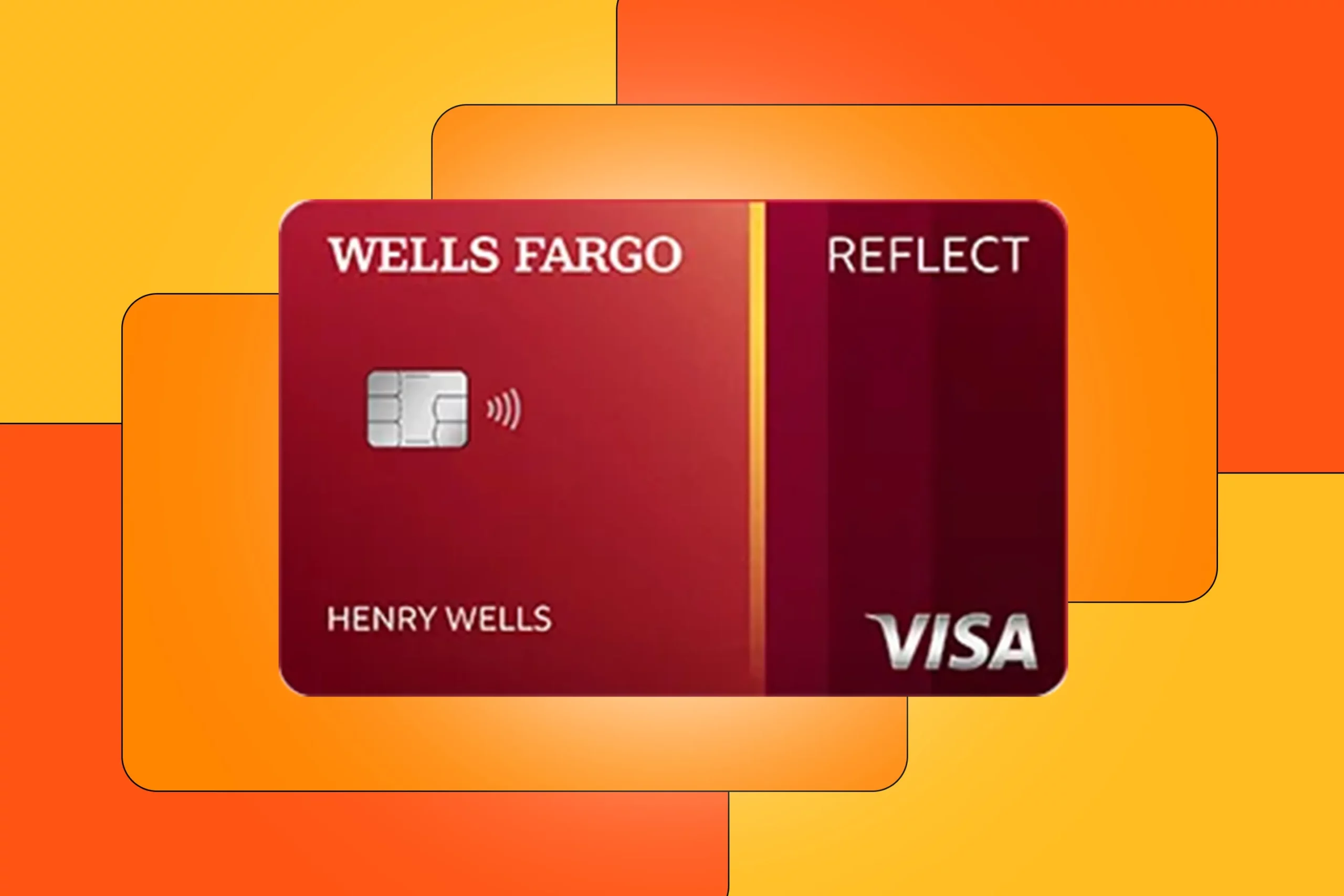
To ensure you get the most out of a Wells Fargo debt consolidation loan, consider the following strategies:
Negotiate for Lower Rates
When applying for a loan, it’s worth negotiating with Wells Fargo to see if they can offer you a lower interest rate, especially if your credit has improved since you first applied. Don’t hesitate to ask for better terms.
Explore Discounts and Incentives
Wells Fargo may offer discounts or incentives for borrowers who enroll in autopay or use the loan for its intended purpose of debt consolidation. Be sure to inquire about any available perks that could reduce your overall costs.
Create a Plan to Avoid Future Debt
While a debt consolidation loan can provide immediate relief, it’s crucial to address the underlying reasons for your debt. Develop a comprehensive budget, cut unnecessary expenses, and create a plan to avoid taking on new debt in the future. This proactive approach can help ensure long-term financial stability.
Frequently Asked Questions

Q: What is the minimum credit score required for a Wells Fargo debt consolidation loan?
A: Wells Fargo’s credit score requirements can vary significantly based on the specific type of loan you are applying for, as well as your individual financial circumstances, such as income and existing debt levels. Generally, a credit score of 600 or higher is preferred, but it’s wise to consult directly with Wells Fargo for the most accurate information. They also offer an online pre-qualification tool that can provide you with a personalized estimate of your eligibility without impacting your credit score.
Q: What are the potential downsides of a Wells Fargo debt consolidation loan?
A: While a Wells Fargo debt consolidation loan can simplify your payments, there are potential downsides to consider. These may include higher interest rates compared to other options, origination fees that can add to your overall debt, and the risk of defaulting if you’re unable to keep up with the monthly payments. It’s crucial to carefully review the loan’s terms and conditions, including the repayment timeline and any penalties for late payments, before committing to ensure it aligns with your financial goals.
Q: How can I get a lower interest rate on a Wells Fargo debt consolidation loan?
A: To enhance your chances of securing a lower interest rate on a Wells Fargo debt consolidation loan, consider several strategies. Start by improving your credit score through timely bill payments and reducing your overall debt. Lowering your debt-to-income (DTI) ratio can also positively impact your application, as lenders prefer borrowers who manage their debt responsibly. Additionally, having a creditworthy co-borrower can strengthen your application. It’s also a good idea to shop around with various lenders to compare the best rates and terms available in the market, as this can provide leverage when negotiating with Wells Fargo.
Conclusion
In conclusion, a Wells Fargo debt consolidation loan can be a viable option for those looking to streamline their debt repayments and potentially secure better terms. However, it’s essential to thoroughly assess your financial situation, compare rates and fees, and explore alternatives before making a decision. By understanding the requirements, benefits, and potential drawbacks, you can make an informed choice that aligns with your financial goals.
Remember, debt consolidation is just one tool in managing your finances. It’s equally important to adopt sound financial habits that will prevent you from falling back into debt. Be proactive by setting a realistic budget, building an emergency fund, and seeking professional financial advice when needed. Taking these steps can help ensure that you maintain financial health and achieve long-term stability.
Additional Resources
For more information on managing debt and making the most of your financial resources, consider the following resources:
- Consumer Financial Protection Bureau (CFPB): Offers various tools and articles on debt management.
- National Foundation for Credit Counseling (NFCC): Provides access to certified credit counselors who can help you create a personalized debt management plan.
- Federal Trade Commission (FTC): Features guidelines and warnings about predatory lending practices and how to avoid them.
- Financial Literacy Websites: Platforms like NerdWallet, Investopedia, and Bankrate offer a wealth of information on personal finance, budgeting, and debt consolidation.
By leveraging these resources and taking a proactive approach to financial management, you can turn a debt consolidation loan into a stepping stone toward a more secure financial future.

